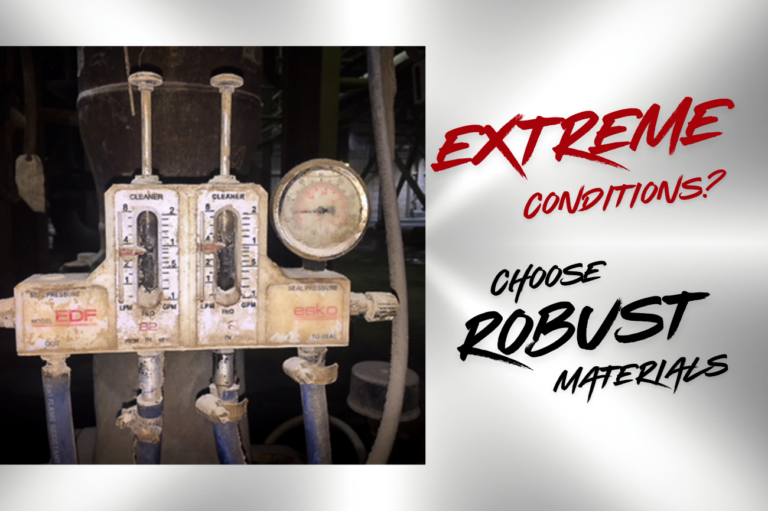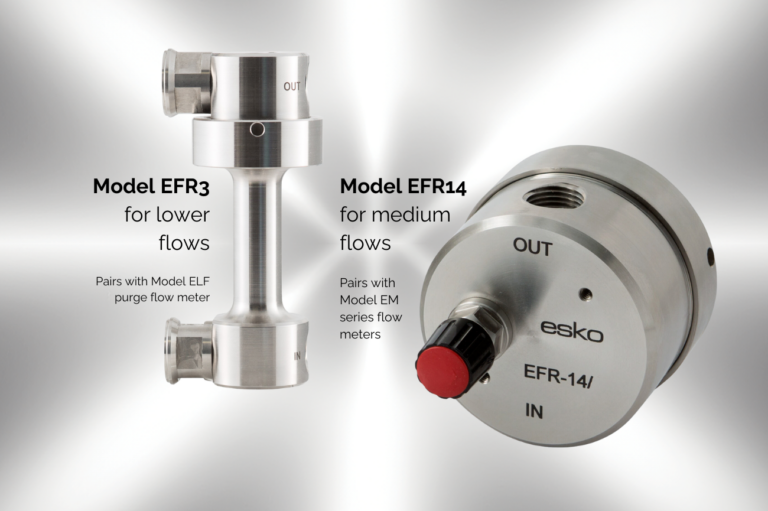Oil Lubrication Best Practices

Originally published on Paper Advance
How to prevent CluNKs, sQueAKs and JaMs!
Part 1 of 2: Let’s talk about Oil
PREDICTIVE & PREVENTATIVE MAINTENANCE FOR PAPER MACHINES
The need for reliable continuous monitoring of flow in circulating oil lubrication systems together with effective application of grease are the key elements of predictive and preventative maintenance best practices.
This post focuses on oil lubrication best practices. Read about Grease Lubrication best practices here.
TRIBOLOGY – An uncommon term that’s common in industry
Even though the study of friction, lubrication and wear in machines dates back to the 15th century, it wasn’t until 1966, following a focussed study that it was formally labelled as tribology by Dr. H. Peter Jost. He was commissioned by the British government to investigate damage from wear. The study drew attention to optimizing mechanical systems in rapidly advancing commercial production methods through the information age of the 60’s.
OIL and GREASE – The right lubricant, the right way, at the right time
The primary role of lubricants is simple: reduce the friction between machine elements that move in relation to each other.
Oils are critical for operating many types of machinery. Manufacturers take care to provide detailed specifications to optimize operation of the machines that they supply. Due to the myriad of available oil compositions and viscosities, it is important to follow those equipment manufacturer recommendations and use the correct lubricating oil for each lubrication point, set of points, or circulating system.
Grease is essentially oil with a thickening agent (“gel-maker”) added to transform it into a solid, semi-solid or semi-fluid product. Grease consistency depends on the type and quantity of thickener that the grease contains.
Utilizing both oil and grease appropriately are the foundation of an effective machinery lubrication program.
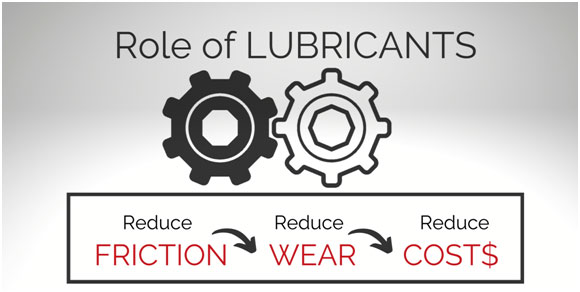
Start by choosing the right OIL
The oil industry has developed and classified a multitude of oils for use across a broad range of industries and machines under varying temperature, pressure, load, speeds and materials. Oils are generally classified according to viscosity (specified between 40°C and 100°C, as viscosity varies with the operating temperature).
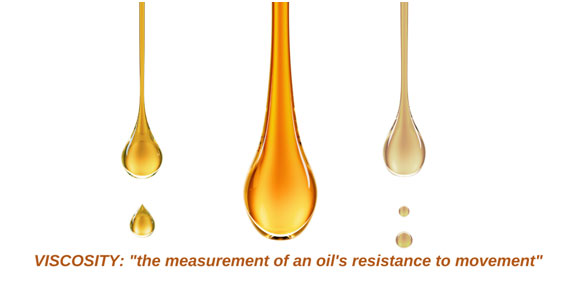
The American SAE system is used to classify engine and transmission oils into the familiar ranges of 0-25W for thin winter grades, 20-50 for typical engine oils and a similar range for transmission oils. Industrial lubricating oils however, are divided into 18 different viscosity classes in accordance with ISO 3448. Ignoring other qualities of oils, SAE oils cover a much larger viscosity range than ISO classes. Base oils are mineral, vegetable or synthetic so other qualities of oils are dependent on their chemical composition and additives to obtain specific qualities for special purposes.
Following the manufacturer’s recommendations for oil composition and viscosity in operating systems is the first step to effective maintenance lubrication.
Circulating Oil Lubrication in PULP & PAPER Processing
Circulating oil lubrication systems are commonly used in pulp and paper manufacturing to support long-term performance of equipment. Systems can detect and measure oil flow to critical lubrication points, monitor oil temperatures, pressures and vibration levels.
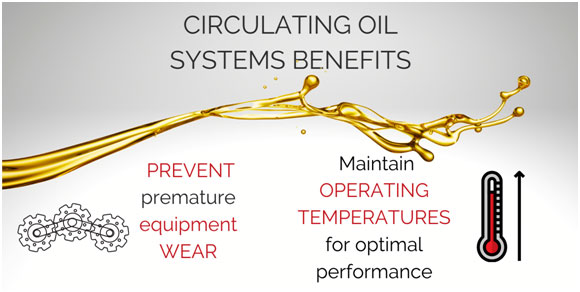
“Preventing equipment from experiencing premature wear, and maintaining operating temperatures for optimal performance.”
AUTOMATING LUBRICATION MONITORING
Effective process monitoring prevents mechanical breakdowns which are expensive and disruptive. Automating lubrication monitoring helps ensure delivery of the appropriate oil throughout a system, ensuring consistent equipment operation based on manufacturer’s recommended specifications. In any lubrication system, oil conditioning is key, but there’s more that can be done.
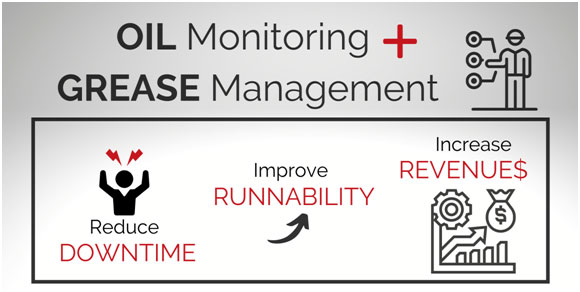
“Implementing an oil flow monitoring system together with grease application management can reduce downtime, increasing sustained production and revenues.”
CIRCULATING OIL MONITORING SYSTEMS – Detect problems early
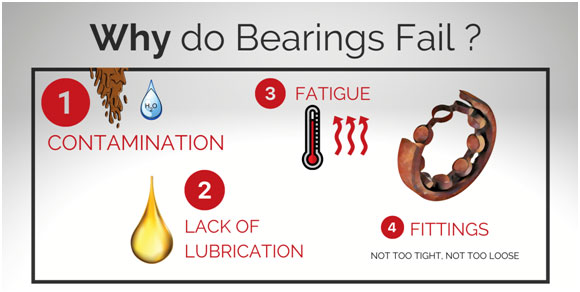
Information from automatic maintenance monitoring systems can be analyzed as part of a comprehensive preventive maintenance program. It’s possible to detect equipment problems when they are minor and can still be resolved without unwanted downtime. Implementing best practices can significantly extend bearing life.
BEST PRACTICES FOR EXTENDING BEARING LIFE
Filter out Moisture and Impurities
A steady flow of oil enables filtration of impurities including water. Water in oil breaks up lubricant films, contributing to overheating and reducing oil performance. Instruments are available to detect moisture condensate and metallic particles in the oil stream.
Consistent Circulation
Steady flow in circulating lubrication oil systems can ensure that each individual lubrication point receives a consistent flow of circulating oil, maintaining the right viscosity, reducing friction, and keeping each bearing cool.
Reduce Fatigue
Stagnant oil gets hot. A steady flow of oil also ensures that lubrication points stay at proper temperatures and equipment can operate optimally. Temperature measurement and monitoring can predict and prevent undesirable conditions that result in failure or downtime. Monitoring vibration and pressure levels also helps.
Choose the Best Fittings
Not too tight, not too loose.
Taking the time to ensure the right fit, alignment and installation of fittings/mountings can prevent denting, cracked rings and excessive wear that can lead to premature failure. Elevated temperatures can also reduce the hardness of the metal and degrade the lubricant’s effectiveness.
Using Flow Meters in Oil Flow Monitoring Systems
Cost-effective oil flow monitoring can be achieved through oil lubrication products and systems using either positive displacement oval gear meters and/or variable area flow meters, depending on the number and location of monitoring points. Meters combined with custom monitoring panels can provide real-time feedback on fluctuations.
Oval Gear Meters – Insensitive to Viscosity Variations
In oval gear meters, each complete rotation of the gears represents a specific volume of oil, regardless of viscosity variations which occur at different levels of machine operation. A proximity sensor detects each rotation and sends a signal to the central monitoring system, providing a reliable indication of oil volume at each lubrication point, without the need to recalibrate for viscosity corrections.
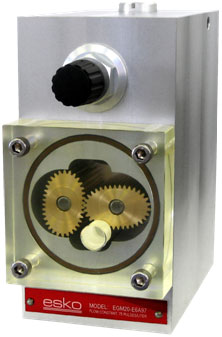
ESKO Model EGM Oval Gear meter provides high visibility of oil flow through a robust transparent cover.
Oval gear meters in banks of up to 12 points are equipped with transparent covers providing easy visibility of circulating oil and allow in-line service during operation. Oil flow monitoring stations for up to 64 oval gear meters with an interactive touch-screen display are available for larger oil flow monitoring systems. These monitoring systems allow user definable low, high and operating flow set points with alarms and remote monitoring to PC, DCS and PLC stations.
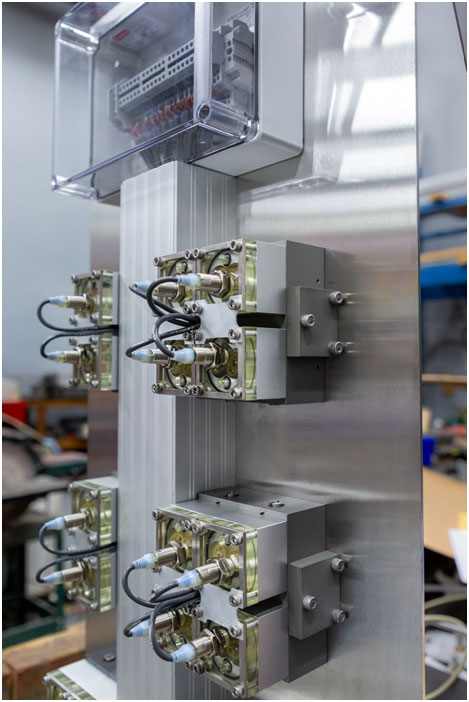
ESKO Model EGL Oval Gear meter panel customized for multiple flow points with connections ready for connection to customer DCS.
When to Use Individual Variable Area Meters or Flow Meter Banks
Individual lubrication points in circulating systems can also be monitored with single or multi-point flow meter banks.
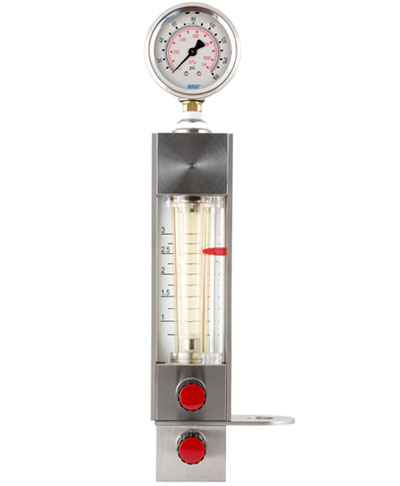
ESKO Model EMI flow meter with set point and pressure gauge (for medium flows)
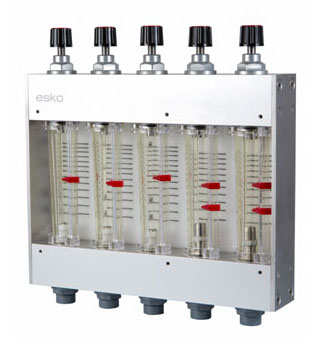
ESKO Model EMO multi-tube flow meter with impact resistant flow tubes.
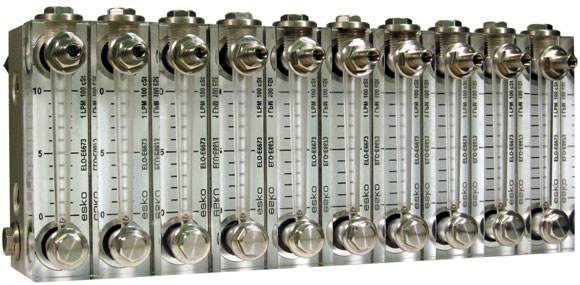
ESKO Model ELO meter panel for 1-10 tubes in a bank.
Various different flow rates within a meter bank are available with individual flow control valves. A single inlet ensures simplified installation, making banks of meters a cost-effective solution. Modular design means that individual flow tubes can be replaced as necessary.
Custom Options Make it Even Easier
Additionally, custom options include high and low flow (proximity sensor) alarm options, pressure gauges with set pointers, special bank configurations, connections, and non-standard calibrations. In rugged operating environments, features such as impact resistant tubes and easy to read scales are an added benefit.
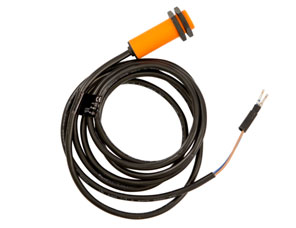
Proximity sensor (alarm) for use with variable area flow meters.
PUTTING IT ALL TOGETHER
Implementing proactive best practices for both circulating oil lubrication and grease lubrication can increase overall production efficiency and reduce the number and seriousness of unscheduled shutdowns.
Read about best practices and equipment recommendations for applying grease.
The flow monitoring experts at ESKO are available to share knowledge and decades of industry experience to assist with putting lubrication practices into action.

At ESKO Pacific, we’ve been working with paper mills for over 40 years supplying variable area flow meters constructed from high quality components. Contact us today to see how we can help keep your mill running smoothly with tried-and-true technology.
ESKO Pacific variable area flow meters are constructed using a variety of materials for low to industrial level flows. View our product line.



